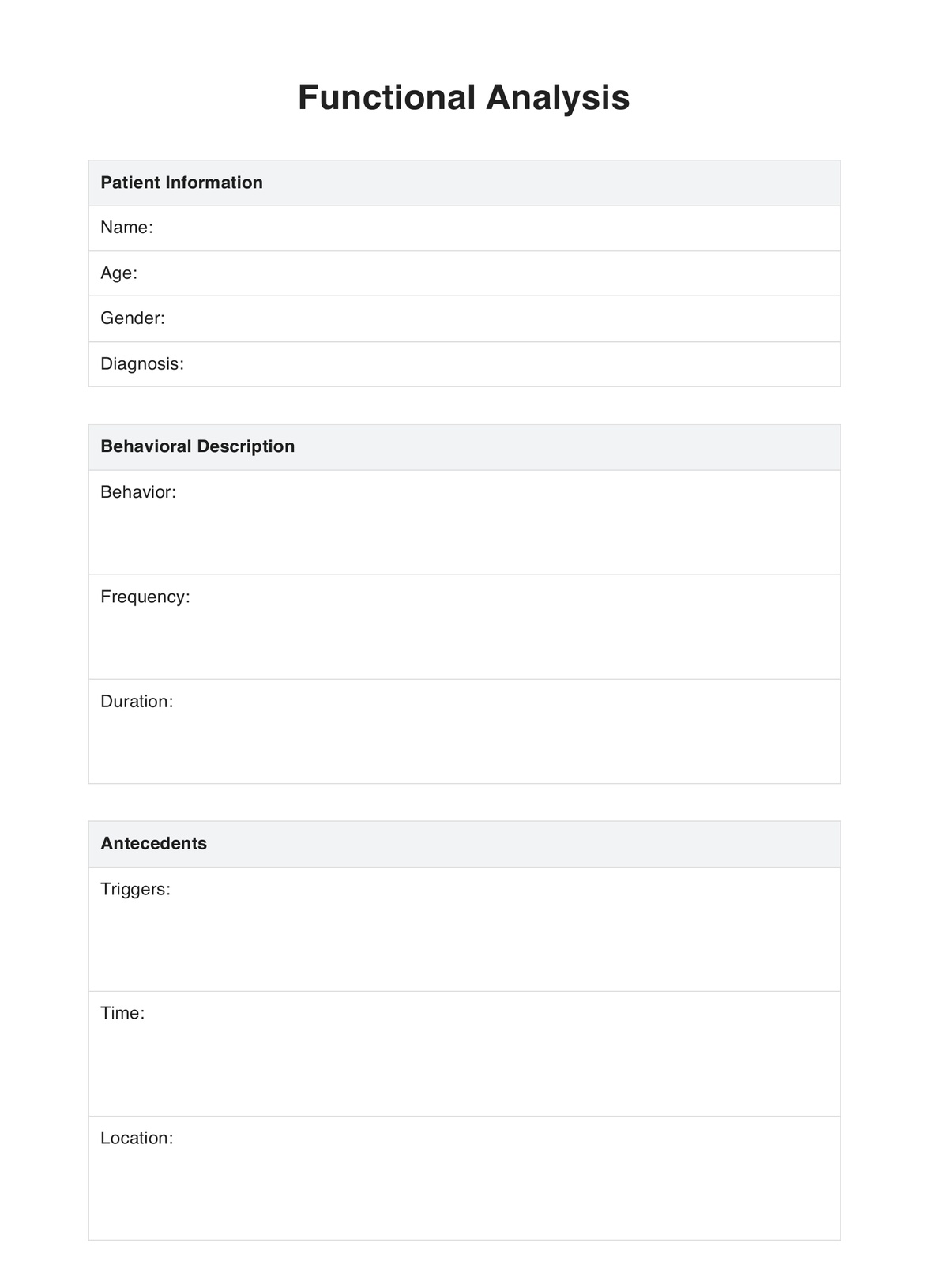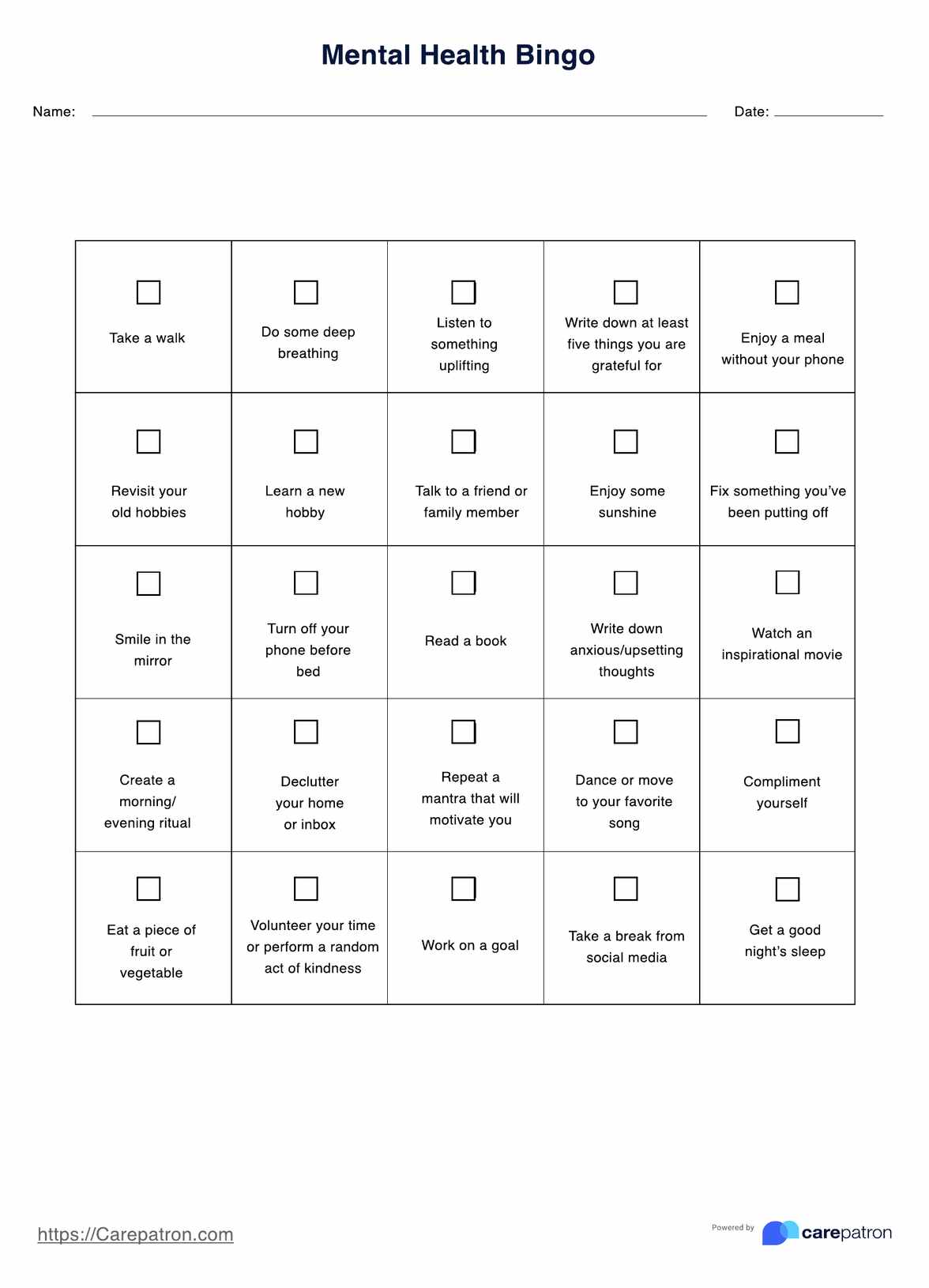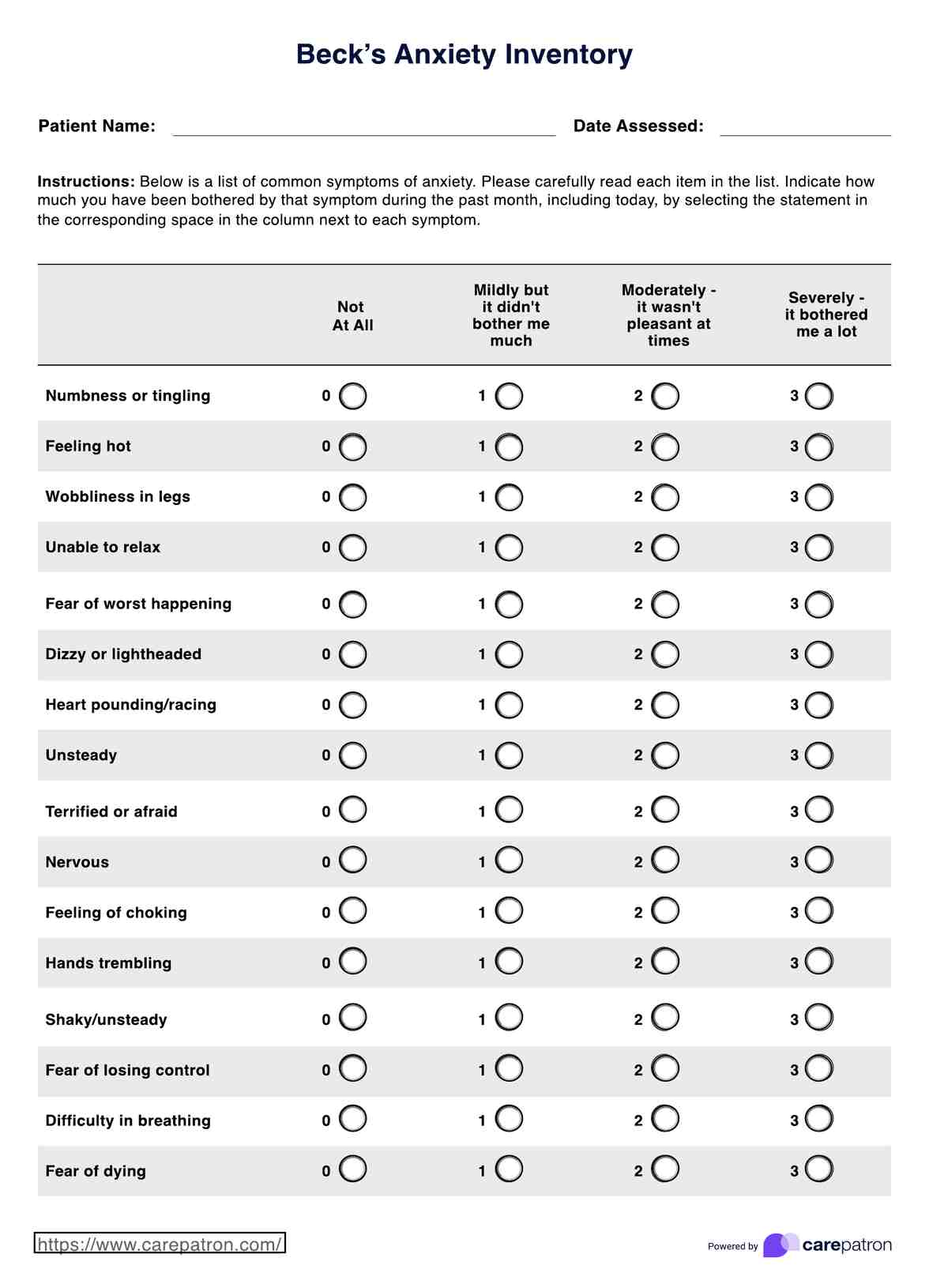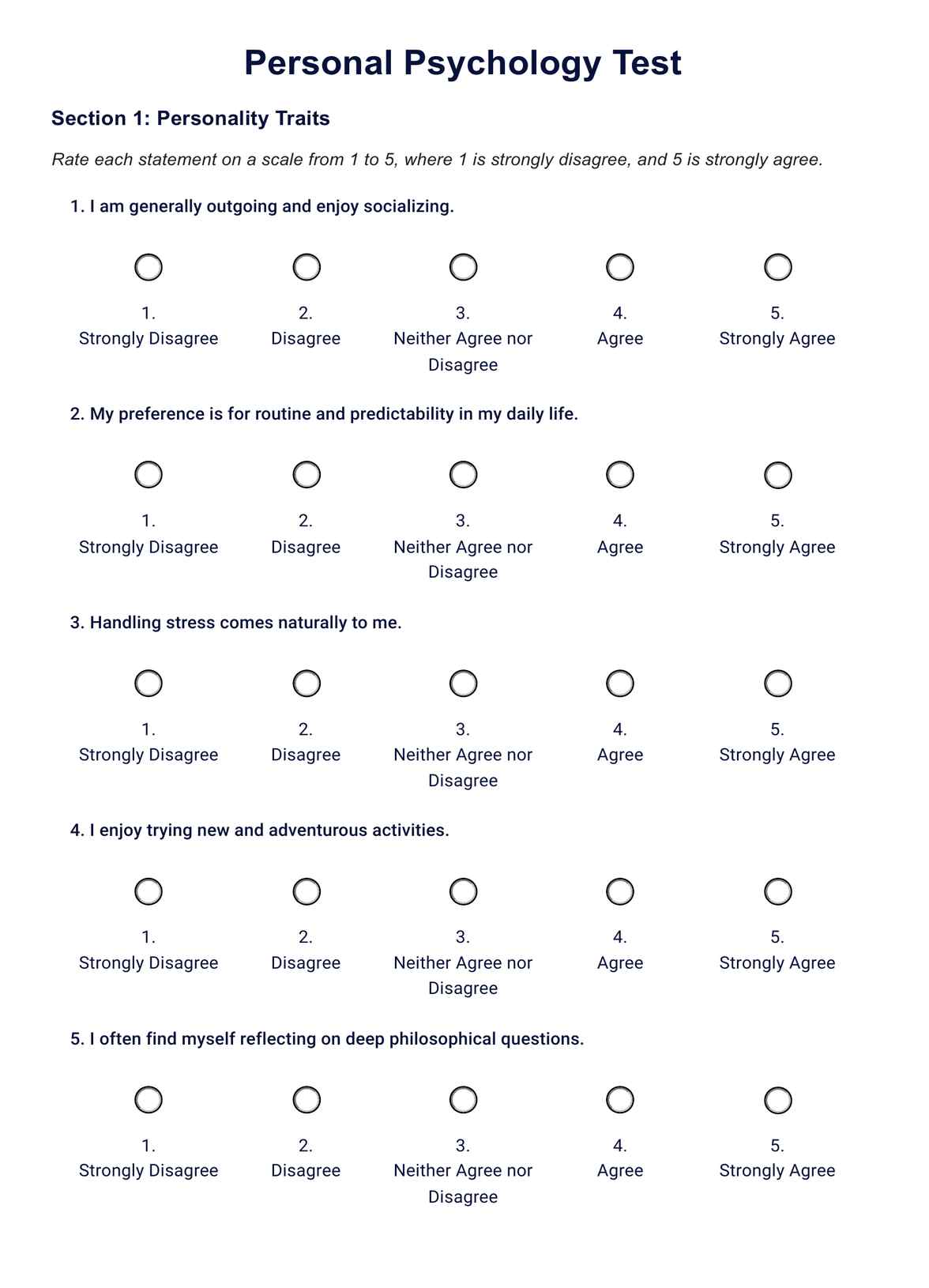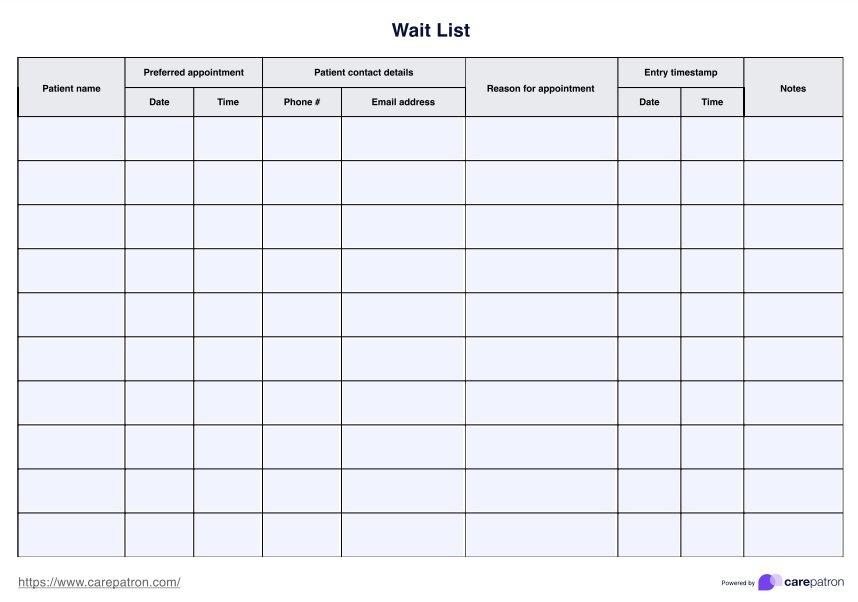Conversation Skills Worksheet
Level up conversational abilities with our engaging Conversation Skills Worksheet. Practical exercises and goal-setting included. Download for free today!


What are conversation skills?
A client enters a social gathering but struggles to engage in conversation, feeling awkward and isolated. This is a typical scene experienced by people who face challenges in conversation.
Conversation skills are the abilities needed to communicate effectively with others in various social settings. These skills include initiating conversations, active listening, maintaining eye contact, and responding appropriately. Learning to talk with others is vital for making friends and being part of a group. We use these skills daily, whether face-to-face or chatting with friends and family on online platforms and devices.
Conversation Skills Worksheet Template
Conversation Skills Worksheet Example
Importance of teaching conversation skills
For healthcare professionals and occupational therapists, helping clients develop these skills can significantly improve their quality of life. Teaching clients how to navigate conversations confidently empowers them to build relationships, express their needs, and participate more fully in their communities.
Effective communication skills can also enhance therapeutic relationships between clients and healthcare providers, improving treatment outcomes and overall well-being. Through education, role-playing exercises, and consistent support, healthcare professionals can play a vital role in equipping their clients with the tools they need to succeed in social interactions and beyond.
How does our Conversation Skills Worksheet work?
Our Conversation Skills Worksheet enhances conversational abilities. This empowers individuals to navigate social settings and engage meaningfully in conversations confidently. Through interactive exercises and self-awareness tasks, they will develop essential social skills such as initiating conversations, active listening, and navigating small talk. Follow these steps to take advantage of this worksheet:
Step 1: Download the worksheet
Begin by downloading the Conversation Skills Worksheet template. Ensure you and your client have a quiet, comfortable space to engage in the activities.
Step 2: Self-reflection
Instruct clients to reflect on recent conversations with friends and family. They can contemplate their strengths and areas for improvement in social engagement. Afterward, they should write down their observations to enhance self-awareness.
Step 3: Role-play
The worksheet provides examples of scenarios. They can choose from one of the prompts and engage in role-play with a friend or family member, practicing social initiation, active listening, and responding effectively. Taking turns while playing different roles can develop empathy and perspective.
Step 4: Active listening exercise
The following section prompts individuals to engage in a conversation with a partner. It allows them to practice active listening by focusing on their partner's words, body language, and emotions. Afterward, summarize their points and ask follow-up questions to demonstrate understanding and enhance communication skills.
Step 5: Goal setting and action planning
For the next step, they should set specific goals to enhance their conversation skills based on their reflections and practice. Instruct them to consider short-term goals to focus on immediate improvements and long-term goals for sustained development. This is followed by creating an action plan outlining steps to achieve goals. Include daily social skills exercises, joining social clubs, or seeking feedback from peers and family members.
Step 7: Practice and feedback
Practicing will help individuals do better in social interactions, whether in a group discussion or one-on-one. Encourage them to reflect on their experiences and seek feedback from trusted individuals to enhance their understanding and application of social skills and communication techniques.
Who is the Conversation Skills Worksheet for?
If you're curious who can benefit from this worksheet, we've outlined five groups that stand to gain significantly from its use.
- Students: They can use this worksheet to learn how to talk to classmates and teachers, make friends, and feel more comfortable in social situations.
- Young adults: Whether starting a new job, going to college, or just trying to establish connections, this worksheet can give ideas on improving social skills.
- Children: Parents and teachers can use this worksheet to teach kids how to talk to others nicely and make meaningful conversations. It's like a fun way to learn how to be friendly and polite.
- Individuals seeking self-improvement: This worksheet can provide exercises and ideas for practicing if they want to improve their communication skills or feel more confident in social situations.
- Individuals facing social challenges: Feeling shy or nervous can hinder one from initiating a conversation with others. This worksheet can help you practice talking and feeling more comfortable around people.
Benefits of having the worksheet template
Social situations can be challenging, especially for teens and young adults. Here are the benefits that overcome challenges:
- Interactive activities: Individuals can actively engage with the material through role-play scenarios and active listening exercises. In return, this facilitates better understanding and retention of concepts.
- Self-awareness: The worksheet helps people develop a deeper understanding of their communication style by prompting reflection on past conversations and identifying strengths and weaknesses.
- Goal-setting: The template allows people time to ponder and set achievable goals for improving their conversation skills. It also provides direction and motivation for their development journey.
- Practical application: The worksheet's actionable steps and emphasis on real-world practice enable most people to translate newfound knowledge into everyday social interactions.
Tips to improve communication skills
Improving communication skills can be daunting. But it is not impossible to attain. Here are practical tips to start with:
1. Pay attention to your body language
The body can say a lot without words. For example, standing with arms crossed might signal that the person is closed off, while leaning forward can show interest. Practice keeping the body relaxed and open during conversations, like sitting up straight and nodding occasionally to show engagement.
2. Engage in active listening
Active listening means focusing on what the other person is saying without getting distracted. This may include making eye contact, nodding, and asking questions. For instance, if someone tells you about their day, you might say, "That sounds challenging. How did you handle it?" When people feel that you are genuinely interested in them, this establishes trust.
3. Practice mindfulness towards others
Being mindful means being aware of the other person's feelings and needs. Show empathy by acknowledging their emotions and responding sensitively. For example, if a friend seems upset, you could say, "I'm here for you. Do you want to talk about what's bugging you?"
4. Minimize distractions and background noise
It's easier to communicate when there are fewer distractions around. Choose a quiet place to talk and turn off any noisy devices. If you're conversing with a friend, you might suggest moving to a quieter area to avoid interruptions. Besides these types of noise, it is also good to be aware of the internal noise inside your head to prevent blockage.
5. Set clear expectations for the conversation
Let the other person know what you want to discuss and what outcome you hope for. This helps everyone stay focused and on the same page. For example, if you're meeting with a group to plan an event, you could start by saying, "Today, let's decide on the location and date for the party."
6. Respect the allotted time for discussion
This tip goes together with the previous one. Be mindful of the time and avoid dragging out conversations longer than necessary, especially if the other person has other commitments. Summarize key points and conclude the discussion gracefully. For example, if you're in a meeting that's running over time, you might say, "I think we've covered everything important. Let's wrap up and continue this later if needed."
7. Learn how to be a master of your emotions
Emotional intelligence involves understanding and controlling your emotions in diverse circumstances. Practice staying calm and composed. This might be challenging, especially when faced with challenges or disagreements. Like when someone criticizes your work, it can be disconcerting. But try to take a moment to breathe and respond calmly rather than reacting defensively.
Commonly asked questions
Improvement timelines vary, but consistent practice and application of skills from the worksheets can lead to noticeable improvements in as little as a few weeks. However, long-term development is encouraged for sustained progress.
While primarily focused on face-to-face communication, the activities may help individuals incorporate reflections to improve written communication, including composing clear and engaging text messages.
It can vary based on individual needs. However, most sessions can be completed within 30 minutes to an hour.


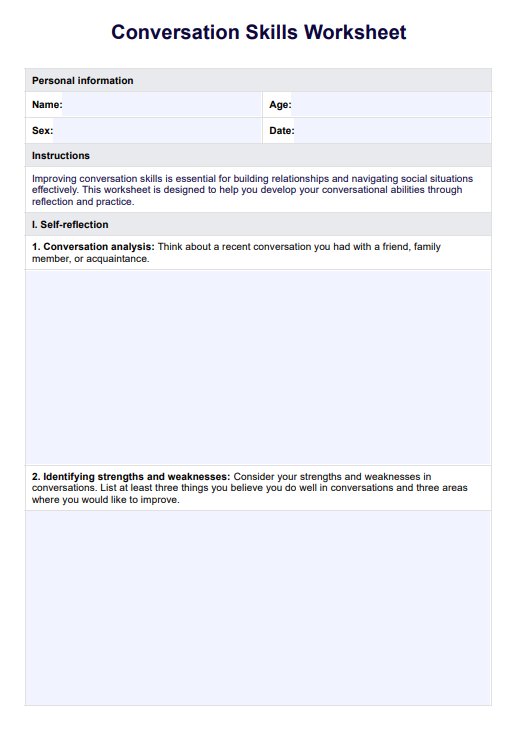
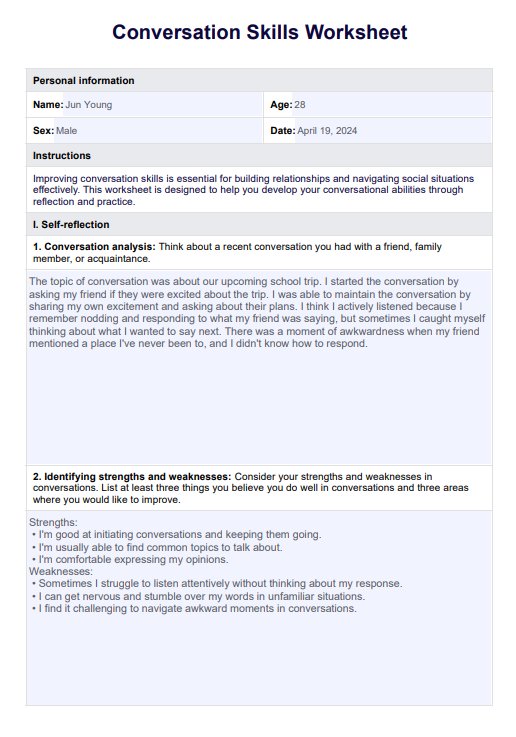

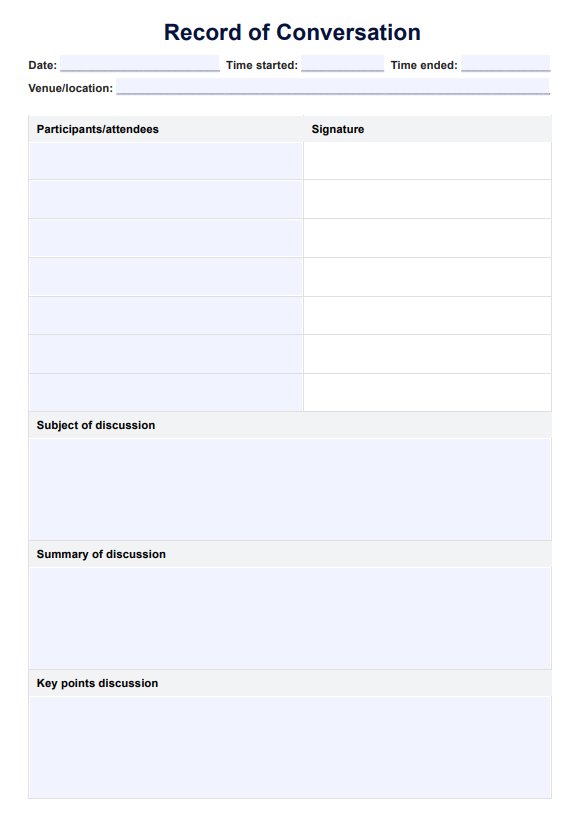




















-template.jpg)














































































